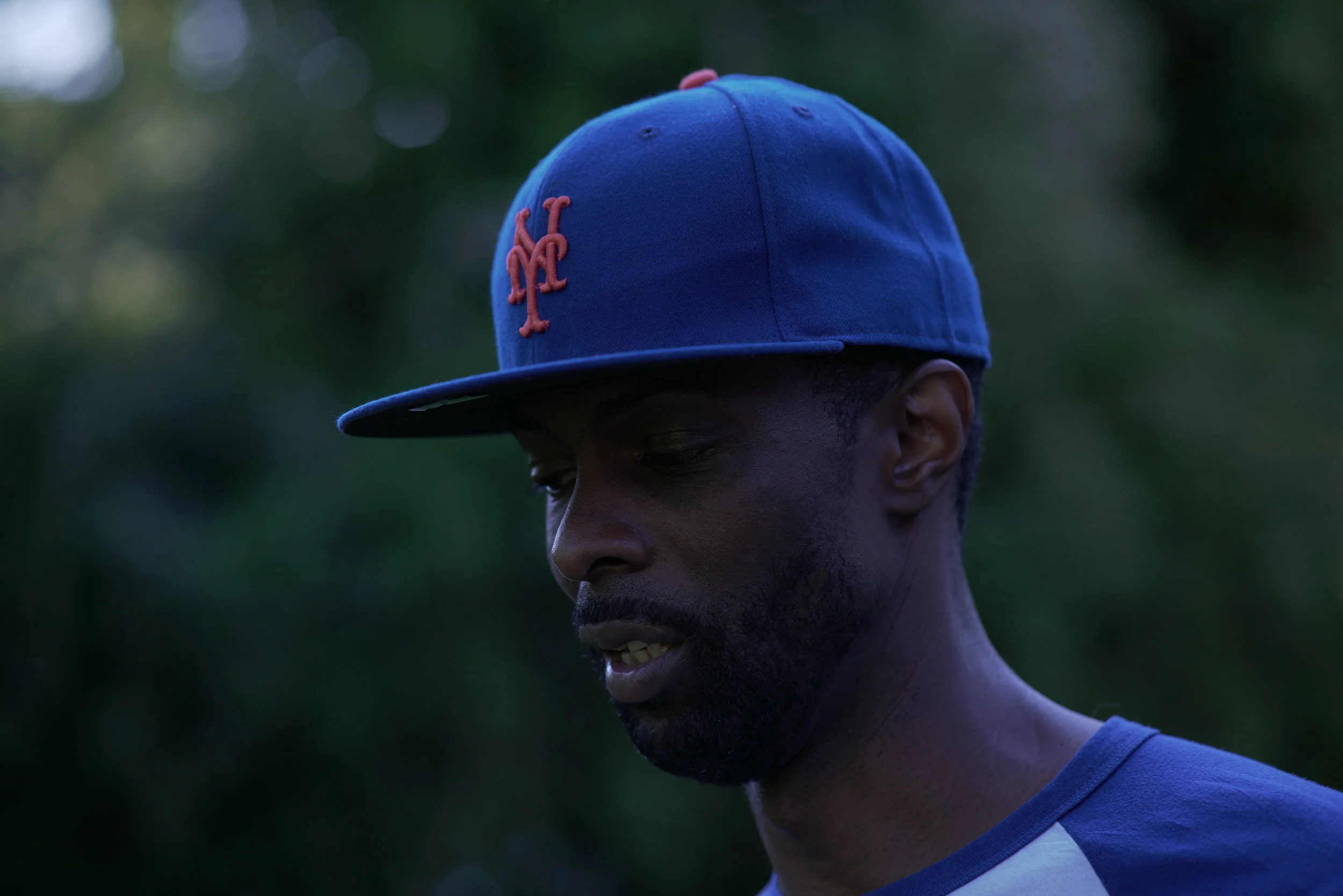How we found our own Edek -
The making of the film
'Edek' the film is a project that has followed an unusual path to the screen. It's been an experiment in both storytelling and filmmaking, an attempt to push beyond the usual boundaries and genres of communication, embracing and utilising new technology, with the intention of finding a new and contemporary way of teaching the message of the Holocaust through emotion, empathy and ... of course... Hip Hop!
The genesis of the film began when we were making a promotional video for The Forever Project. That video approached the subject of Holocaust Survivors in a very different way to those that have previously been explored. For once, a truly positive and uplifting message was brought to the audience in a piece that was modern, creative and exciting. The video itself featured four Survivors, each with a strong connection to the National Holocaust Museum. One of them was Janine. And although the nature of that video was not about specific personal stories from the past, we did take the opportunity to capture some interviews.
A while later, reading through the transcripts of those interviews, a story that Janine told literally leapt off the page. It was the story of Edek. Immediately, it resonated. In a way, it encapsulated the entire raison d'etre of the National Holocaust Museum: teaching about the capacity of human beings to do things beyond our own estimation.
Because we are all capable of far more than we imagine. We each have the potential to do untold evil. And also to perform acts of untold kindness. Similarly, we have inner resources that are often untapped - the ability to survive unspeakable horrors, for example. And, as in Janine's case, the power to convert those experiences into an incredible 'positive energy' that can help transform the lives of those who meet and hear her speak, so that they recognise and harness the good within themselves and act in kindness to others.
In a way, that is the 'inner Edek' that exists within each of us.
In six minutes, we felt that we were able to translate the experience of Janine and the lessons of Edek into an audio-visual piece that might take Janine to the places even she couldn't reach.
“We wanted to create something with impact. Something that challenges an audience, perhaps disturbs them, but hopefully leaves them in a better place than before we met them. And do it to a beat.”
–


